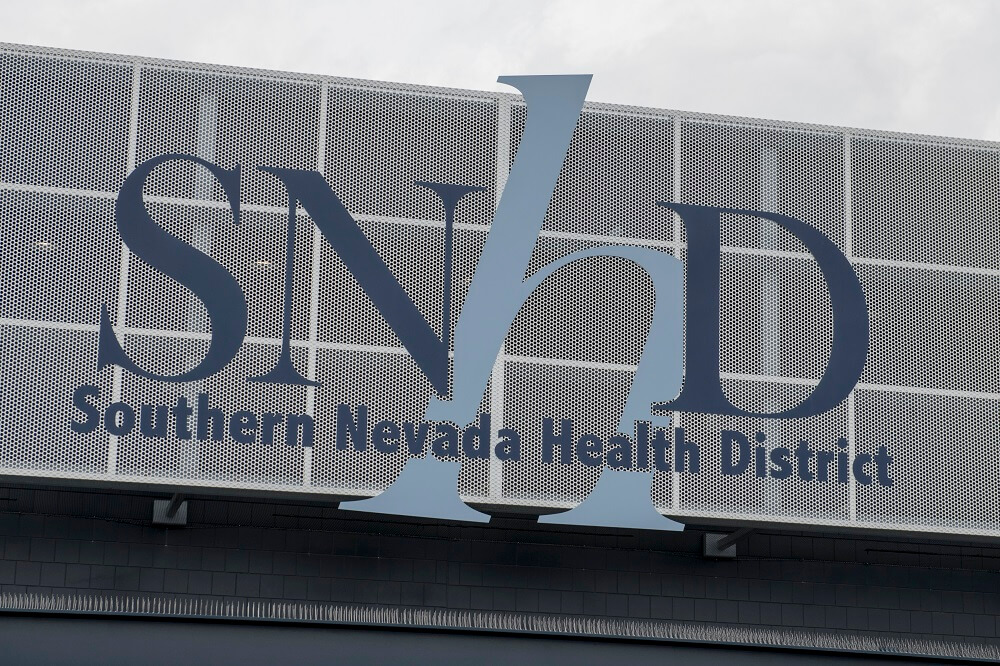Though Nevada has expanded efforts in recent years to make syphilis testing more accessible, in particular among pregnant people, health officials said people still face barriers accessing medical care, which is leading to rising rates of babies born with syphilis.
“That is if they are lucky enough to be born,” said Tabby Edelman, a senior disease investigation and intervention specialist at the Southern Nevada Health District. “Unfortunately, last year in 2023 we had six syphilitic stillbirths.”
Health officials discussed obstacles in addressing Clark County’s high syphilis rates, as well as the ongoing efforts in responding to overdose deaths, at Southern Nevada Health District’s 2024 State of Public Health on Tuesday.
Congenital syphilis, which is when a pregnant person with syphilis passes the infection along to their baby, has increased by 1,567% between 2014 and 2023, health officials said.
Last year saw 53 cases in Southern Nevada compared to three cases in 2014.
The problem isn’t confined to Nevada. The number of children born with syphilis nationwide increased tenfold between 2012 and 2022, data that “reflect a failure of the U.S. health system,” according to the CDC.
“This is completely preventable,” Edelman said, noting that since syphilis is a bacteria it can be treated with antibiotics like penicillin. “Yet it still impacts our community greatly.”
The Centers for Disease Control and Prevention ranked Nevada as the fourth highest state in the country with babies born with syphilis in 2020.
“In 2022, which was the latest national data, Nevada ranked No. 8,” said Angel Stachnik, a senior epidemiologist at the health district. “We are doing better in terms of rates and rankings. Our case numbers are still increasing. The only reason why our ranking is lower is because other states are increasing as well.”
As the state began seeing the upward trend, lawmakers passed bills to enhance access and requirements around testing for sexually transmitted infections.
Assembly Bill 192, which was passed in 2021, requires emergency rooms at hospitals and other medical facilities admitting pregnant women to examine women for syphilis.
During the same session, lawmakers passed Senate Bill 211 that allows hospitals and primary care physicians to ask people 15 years or older if they would like an STI test.
Both bills have helped more people, including those who become pregnant, to get screening for infections.
There are still obstacles to getting people connected to medical treatment, health officials warned.
Of the congenital syphilis cases Southern Nevada had in 2022, 63% of mothers didn’t have prenatal care, said Carissa Orozco, a community health nurse with the district.
“Some of the challenges we face include caring for our unhoused population,” Orozco said. “It can be difficult to track them and engage them in care.”
Other barriers include navigating the transit system or shame with visiting clinics.
“Our clients are reluctant to engage in our health care system,” she said. “Some are embarrassed to be seen at our clinics.”
The health district, she added, is working on “meeting our clients where they are at” by having more events in the community for those reluctant to come to a clinic or worried the lack of insurance would prevent them from receiving treatment.
However, many of the patients being seen still lack health insurance and struggle to navigate the medical system.
“There are a lot of missed opportunities for STI testing and there is still a misunderstanding about treatment for syphilis with primary care providers,” Orozco said.
There is more policymakers could do, including expanding access to age-appropriate, medically accurate sex education.
“I still have patients tell me they contracted syphilis from a toilet,” she said. “To me that means we need to improve our health literacy and our educational materials and have age-appropriate sex education in schools.”
Unintentional overdoses down
Health officials at the State of the Public Health highlighted that the rate of unintentional overdose slightly decreased last year.
The rate last year was 20.71 per 100,000 compared to 24.08 per 100,000 in 2021, said Marco Mendez, an epidemiologist with the district.
“It’s important to know that while we’re seeing a decrease we’re still above our pre-pandemic levels of overdose,” he said.
In addition to warning people about the risk of overdose from stimulants laced with fentanyl, health officials have made available access to fentanyl test strips and nasal naloxone, which can reverse the effect of an opioid overdose.
Our stories may be republished online or in print under Creative Commons license CC BY-NC-ND 4.0. We ask that you edit only for style or to shorten, provide proper attribution and link to our website. AP and Getty images may not be republished. Please see our republishing guidelines for use of any other photos and graphics.




